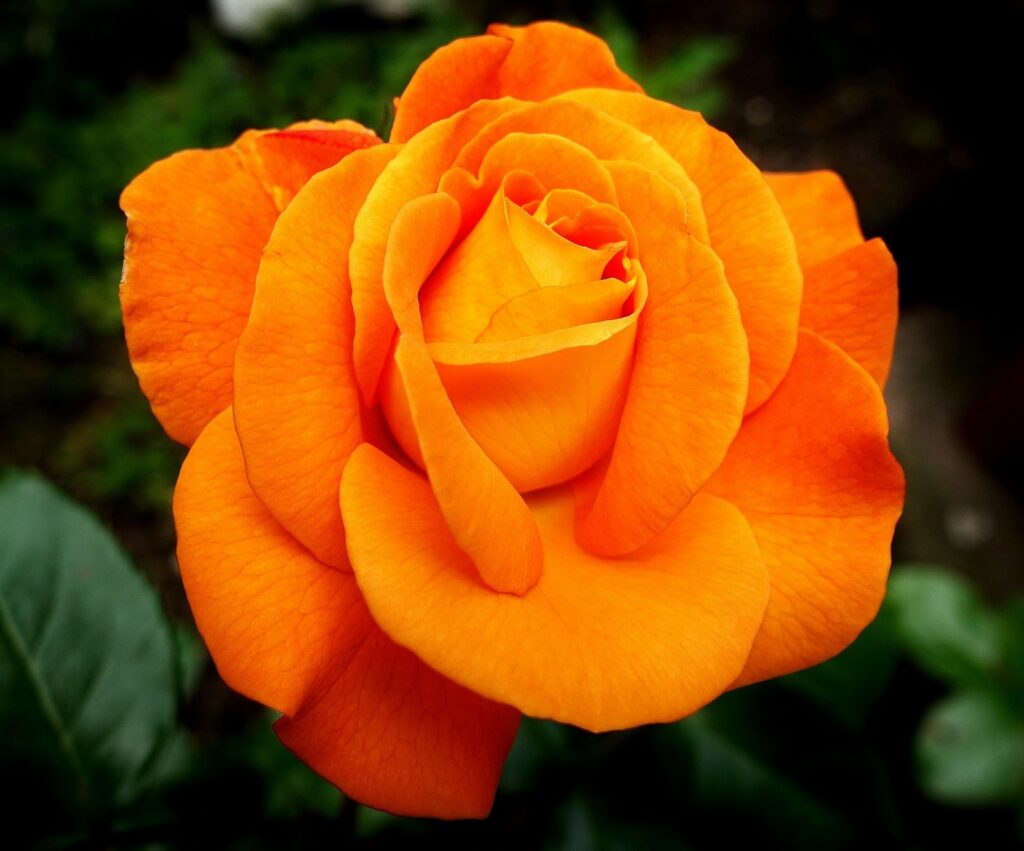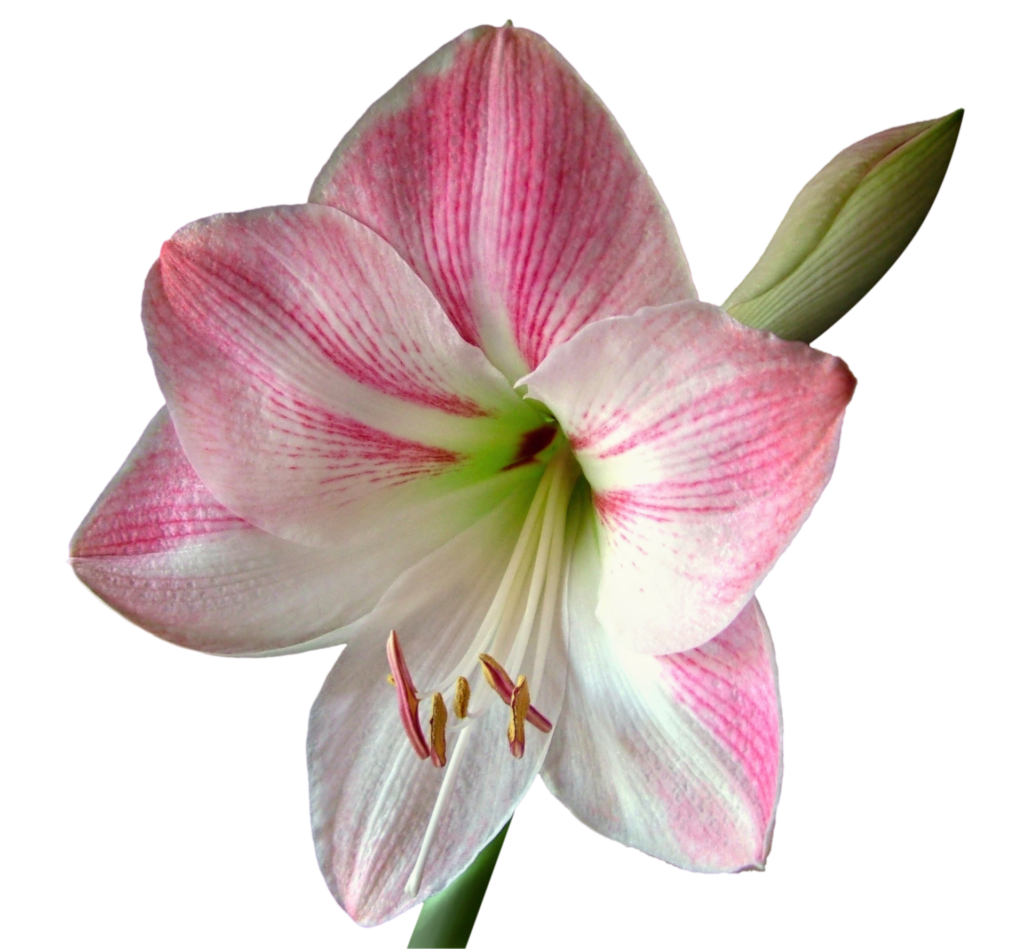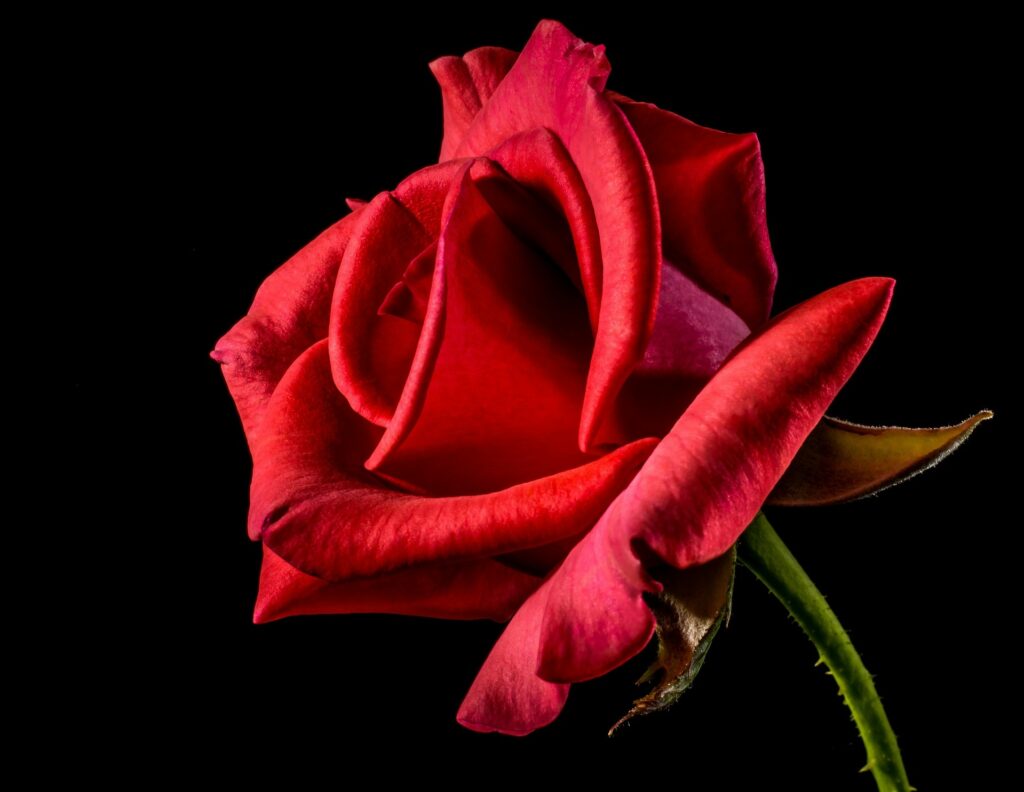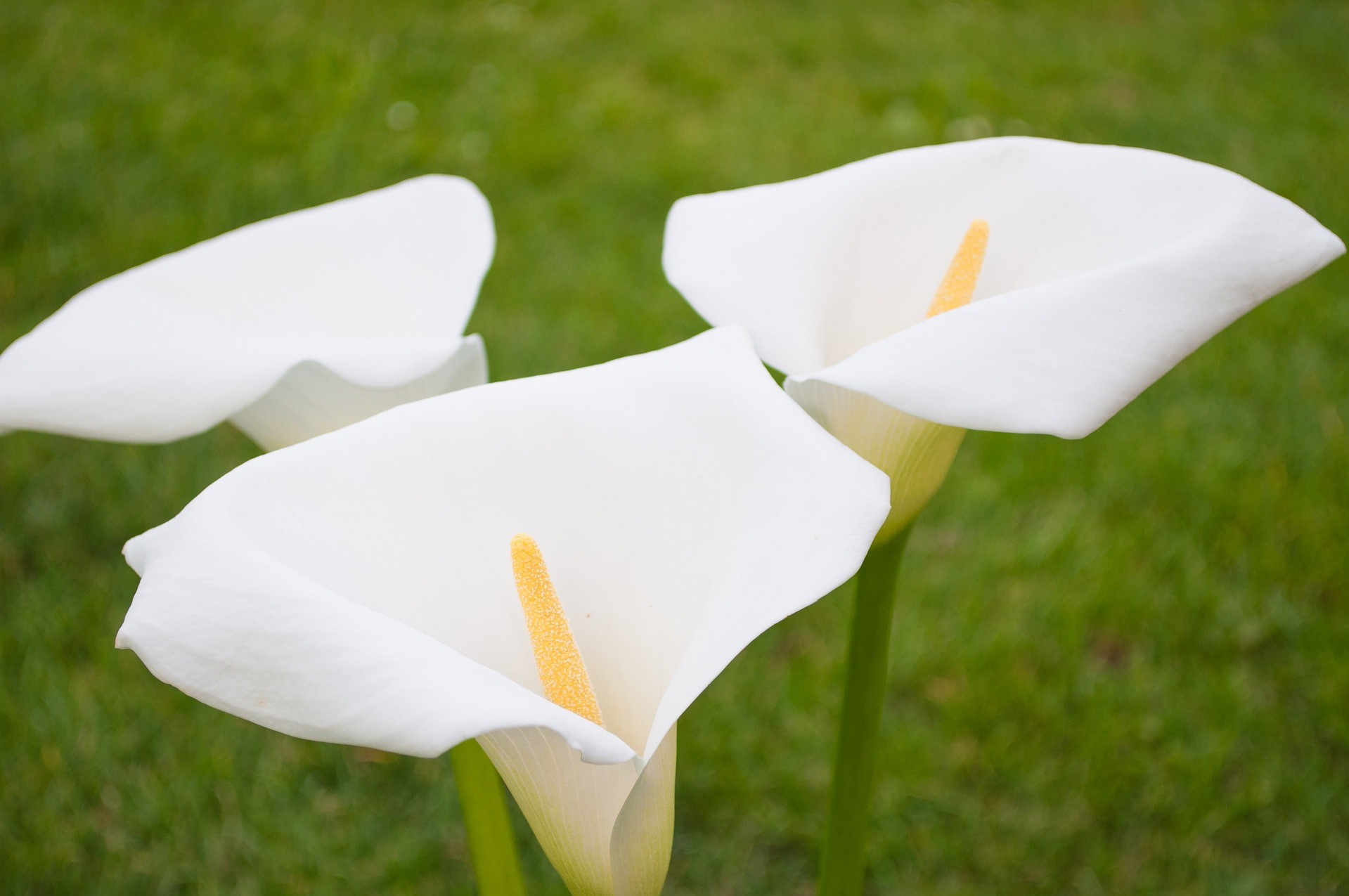Selecting flowers grown in the spring for your spring wedding makes so much sense! Often, you can get the flowers locally which strengthens your local economy and supports local businesses. Since each flower has a meaning, we list those here as part of The Guy’s Guide to Weddings series.
Hey, John!
Kaitlyn and I are getting married this spring!
She said we need to meet with the floral designer to discuss flowers, the meanings of flowers, and the cost. Help! What do I need to know???
–Mike, Mystified in Molalla
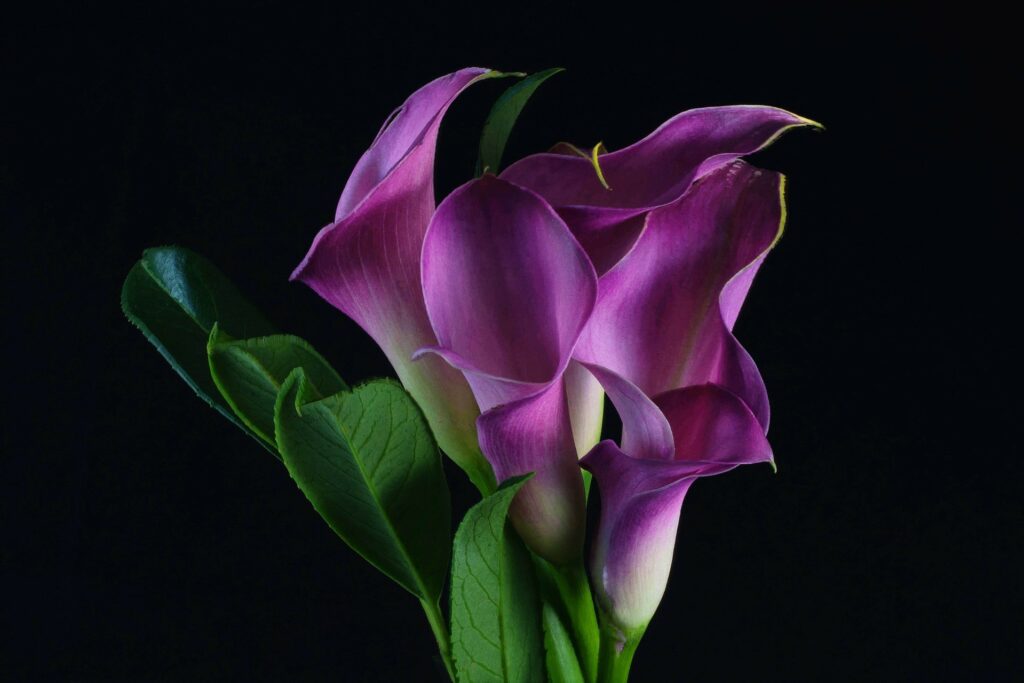
Hey, Mike!
First, congratulations!
Second, we have a few dates left this spring if you are still looking for a venue. Since we have beautifully landscaped gardens, you can spend less on your flowers by having your wedding here. Spring is a glorious time to get married at Ainsworth House & Gardens! The gardens are waking up after a long winter’s sleep and bursting out in a bounty of color. Our Ponderosa Pine seems to extend its vast branches to welcome you underneath its study frame.
During the Victorian times, it was not considered polite conversation to tell another person how you felt about them. For that reason, meanings were assigned to flowers so that the both the giver of the flower and the recipient knew the meaning of the gesture. A pink rose meant, “I like you,” while yellow hyacinths meant sorrow and jealousy.
And, you should know this: If you select flowers that are in season, it’s very possible that you can get the flowers locally (instead of the cost of having them shipped in) which means that they cost less. By selecting flowers that are in season, you keep your costs down and can get more blooms for your bucks!
Here are some of the flowers are in peak season for spring—and their meanings!
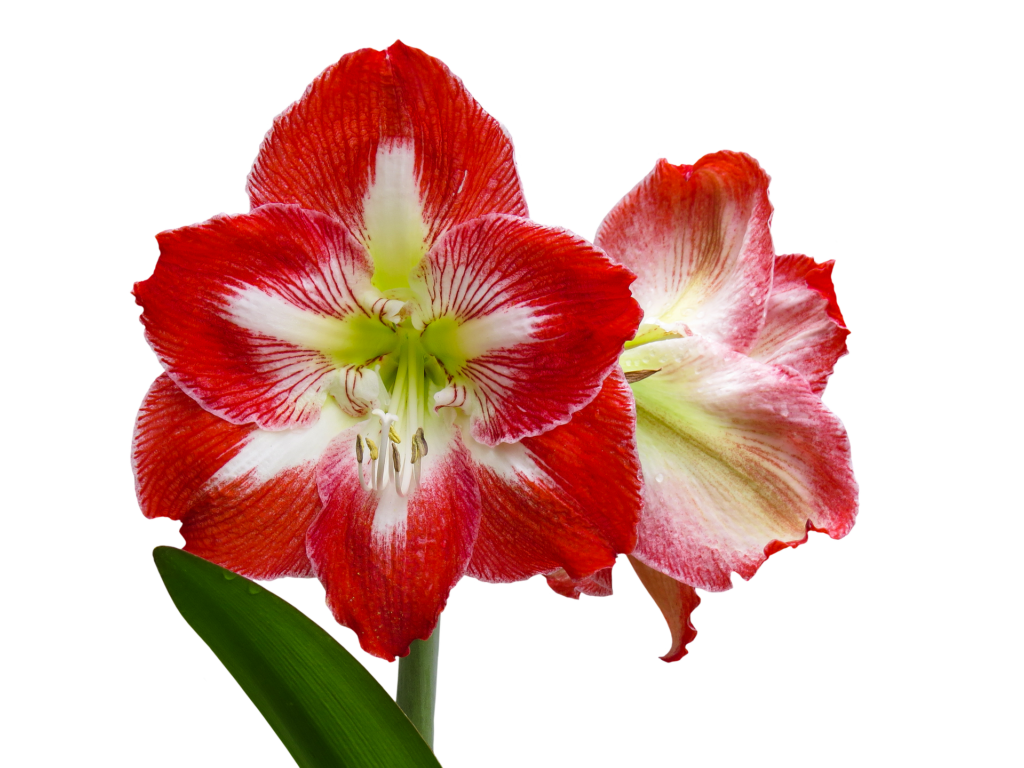
Amaryllis: Peak season is November-April.
Colors: white, yellow, green, coral, pink, salmon, red, burgundy
Meaning: pride, splendid beauty
Grown from bulbs brought from Africa and Latin America by the explorers, the amaryllis is a long lasting flower which offers a lot of drama even if you only have a few stems!
Anemone (Greek for “wind flower”): Peak season is Oct.-May.
Colors: white, pink, red, magenta, purple, burgundy
Meaning: expectation
With only a bit of greenery in a boutonniere, this is a spectacular enough flower to make a statement all by itself.
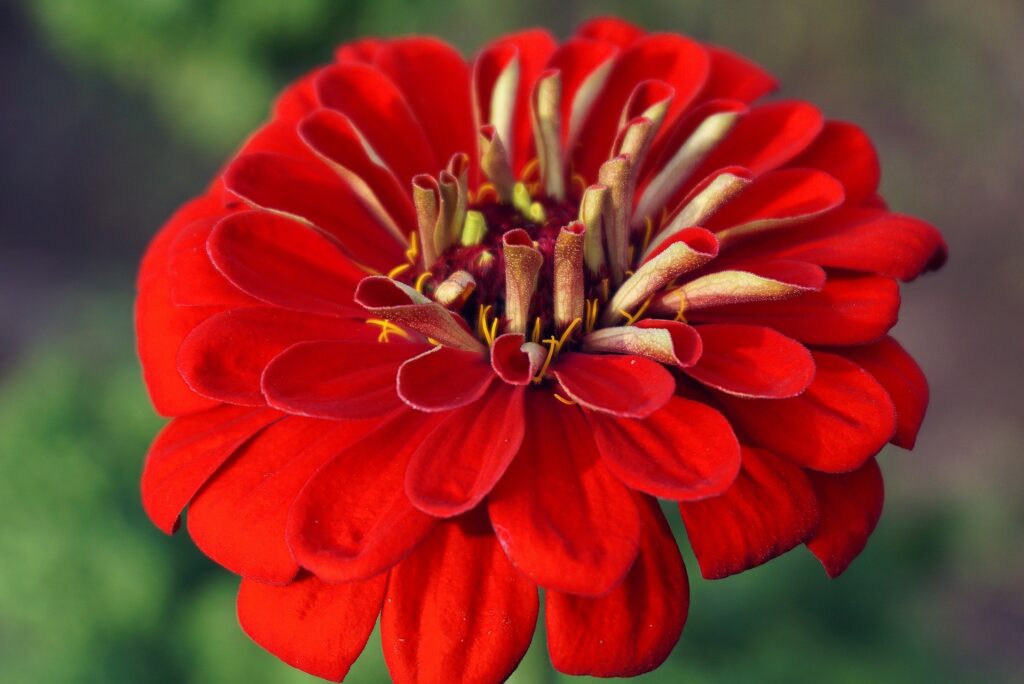
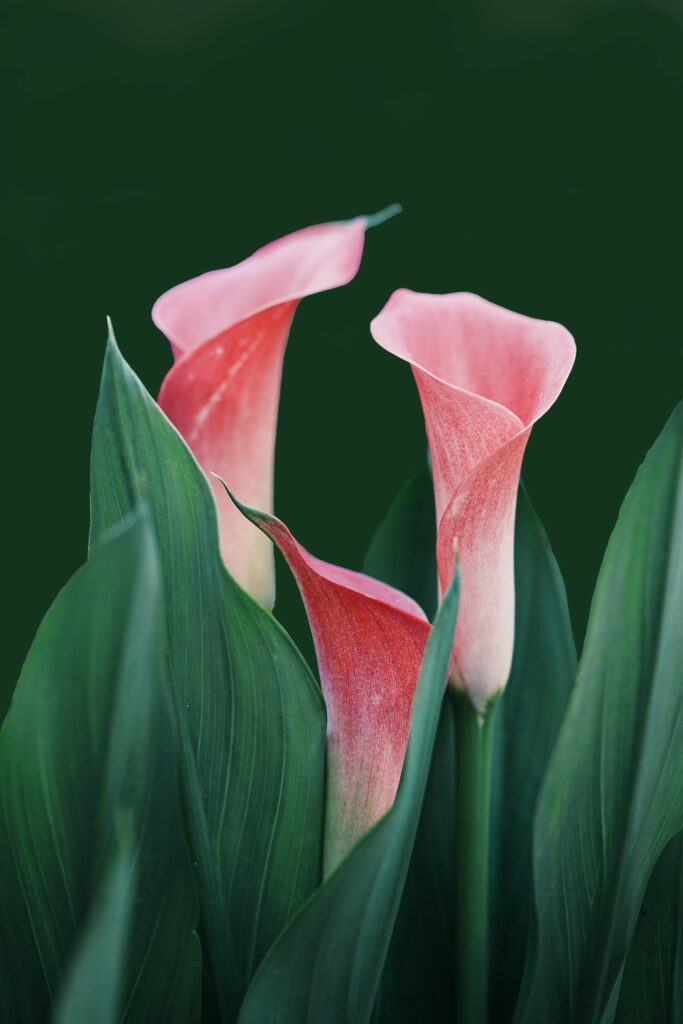
Calla Lily:
Peak season is from winter through late spring.
Colors: white, yellow, orange, light pink, deep pink, red, dark burgundy, and purple.
The white flowers under the title and the purple flowers are calla lilies.
The flower comes in a single color, two colors, or a blend.
Meaning:magnificent beauty, feminine modesty, consistent ardor (love)
Calla lilies are grown as one flower at the end of a long, green stem. For this reason, the stems can be cut exceptionally long to allow to create a bridal bouquet that elegantly cascades.
In a boutinere or corsage, it makes an elegant, classy statment.
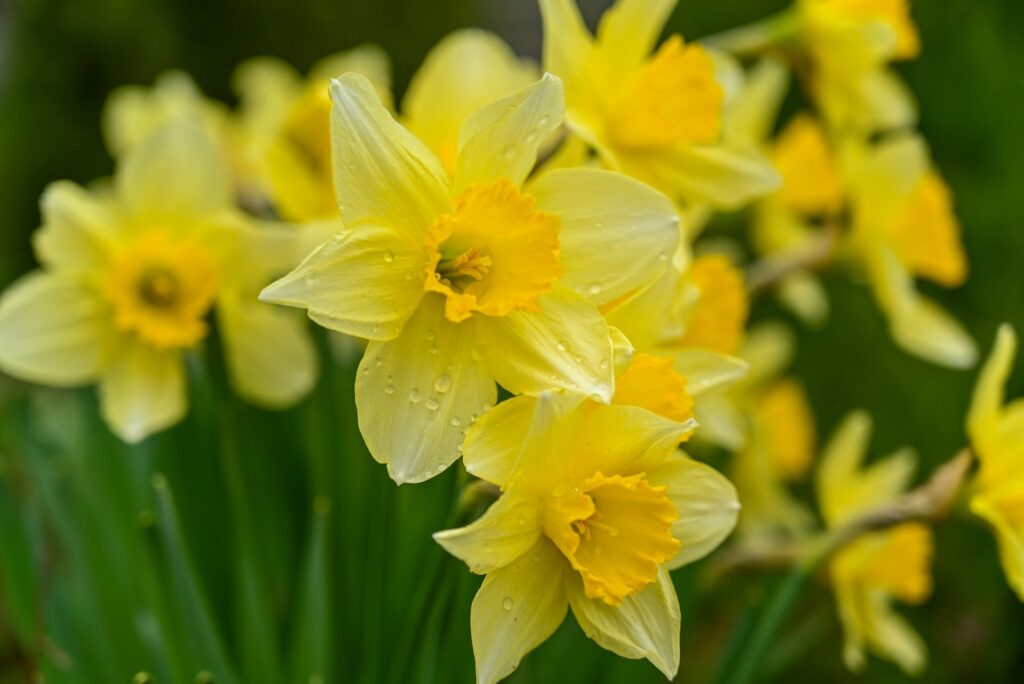
Daffodil: Peak season is November to April.
Colors: white, yellow, coral, orange
Meaning: gracefulness, creativity, inspiration, new beginnings, and rebirth
As one of the earliest flowers to bloom in the spring, it is the national flower of Wales and is the birth flower for March.
Hyacinth: early to mid-spring.
Colors: white, pink, blue, purple
Meaning: In Greek, it means “the blue larkspur flower” or “the color purple.”
At a wedding, hyacinths bring good luck.
Originally the name of a male ancient Greek hero, it became a woman’s name in the 1900’s.
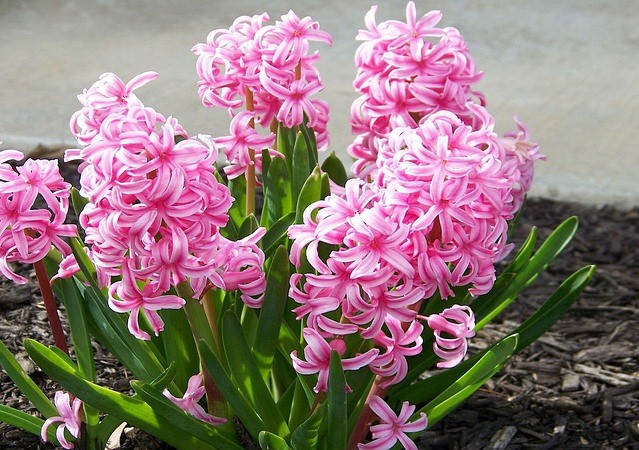
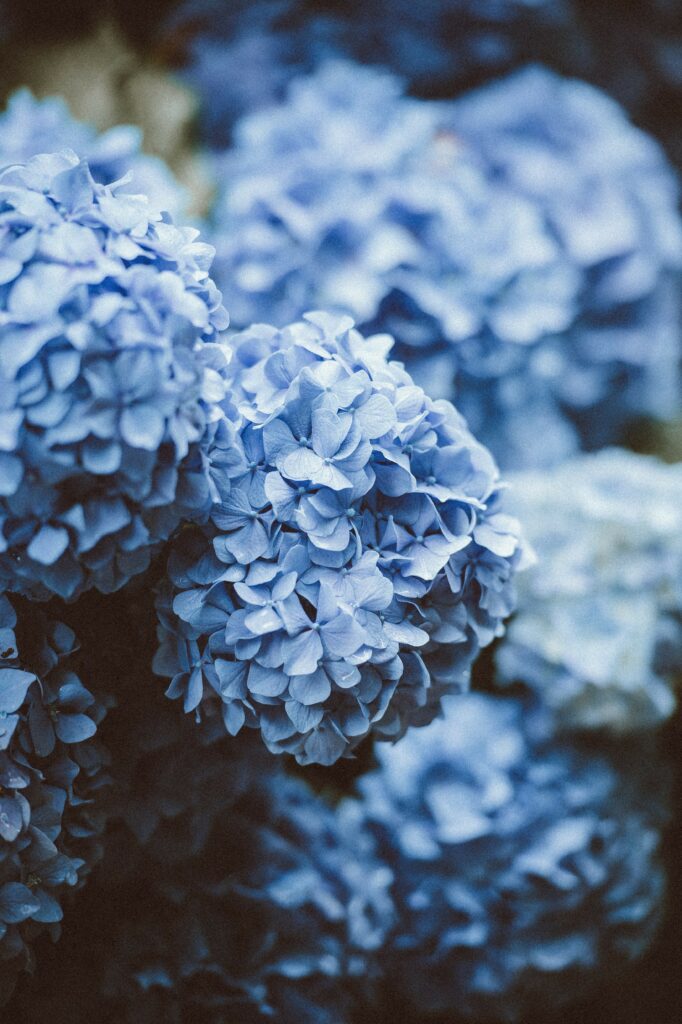
Hydrangea: Peak season is spring to early fall.
Colors: white, pink, lavender, violet, purple, blue, green (They range from soft pastels to vibrant shades.)
Meaning: These flowers symbolize a desire to understand someone and heartfelt emotions.
This is a large flower—you only need a few to create a large dramatic bouquet!
There are three different shapes: Mophead hydrangeas grow in huge, ball-shaped clusters.
Lacecap hydrangeas are esteemed for their mix of tiny bloom clusters among a few, larger blooms.
Panicle hydrangeas grow in cone-shaped clusters—a very unusual shape!
Lilac: Peak season is mid-spring to late spring.
Colors: white, pink, lavender, magenta, purple, blue
Meaning:
White: pure innocence Pink: delicate, gentle love Lavender: first love Magenta: passion and love Purple: spirituality Blue: tranquility and happiness
Brought from Asia and Eastern Europe to the United States in the 17th. century, lilacs were cultivated in America’s first botanical gardens and by early presidents including George Washington and Thomas Jefferson. In Russia, lilacs were thought to bless infants with wisdom. Because the lilac bush is so study, one plant can grow for over 100 years!
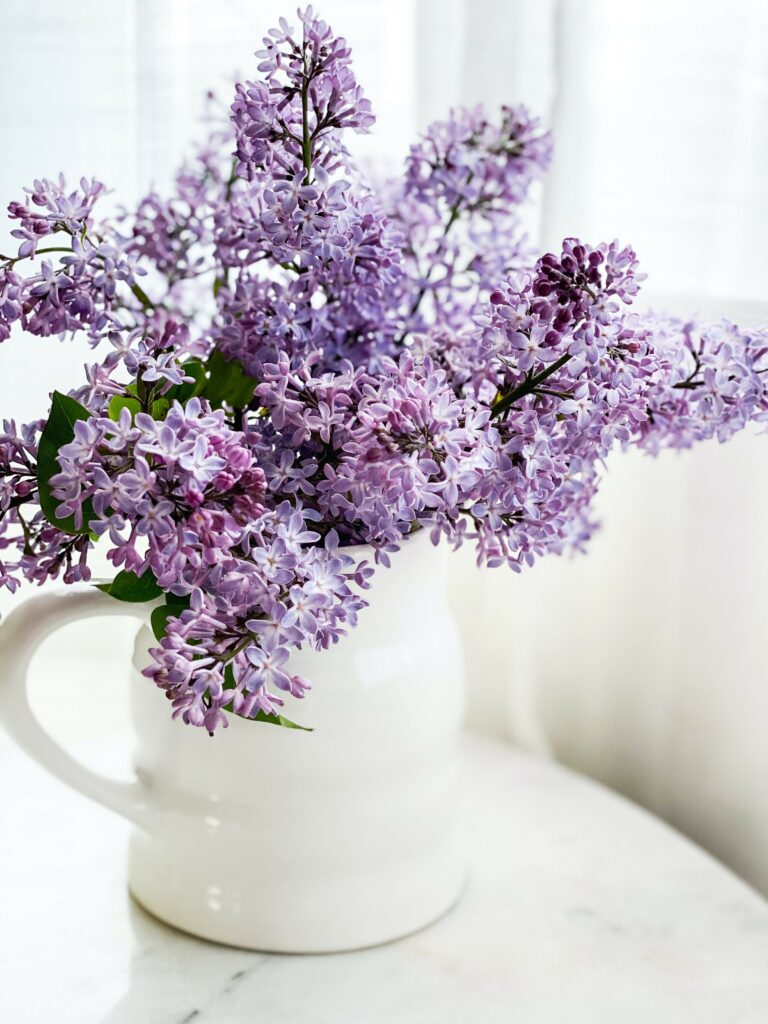
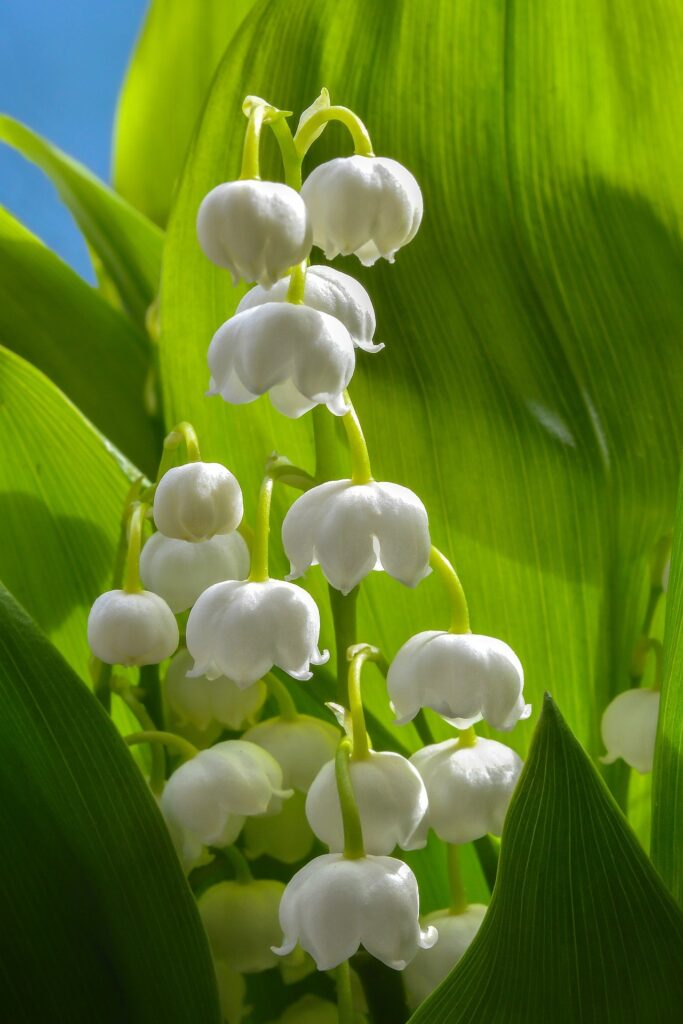
Lily of the Valley:
Peak seasons are spring and summer.
Colors: white, pale pink, purple
Meaning:
White: happiness, return to joy, purity, sincerity
Pink: compassion, understanding, femineity
Purple: royalty, dignity, passion, success
Also called “May Bells,” “Our Lady’s Tears,” or “Mary’s Tears,” these flowers have long beem a favorite of the British royal family.
In Holland, newlyweds plant lilies of the valley in their gardens to help renew their love throughout the coming years and to bring good luck.
Peony: Peak season is April to June.
Colors: white, cream, peach, light pink, bright pink, burgundy
Meaning: love, romance, happiness, beauty, wealth, honor
Peonies bring timeless elegance and unrivaled sophistication. With its rich texture and delicate petals, few flowers can match the peony’s ravishing beauty.
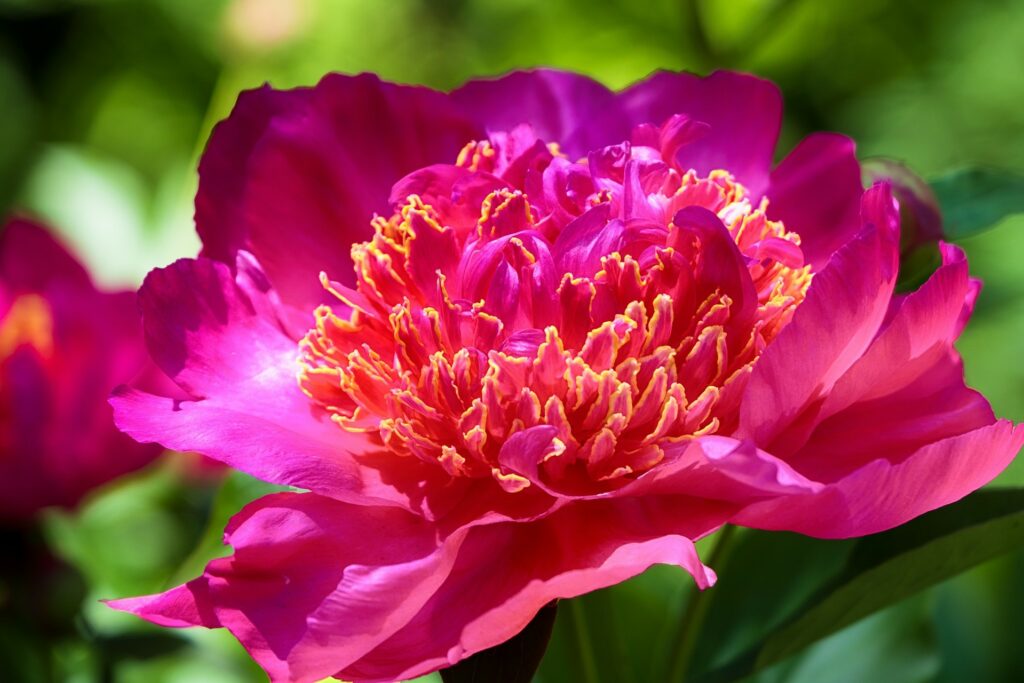
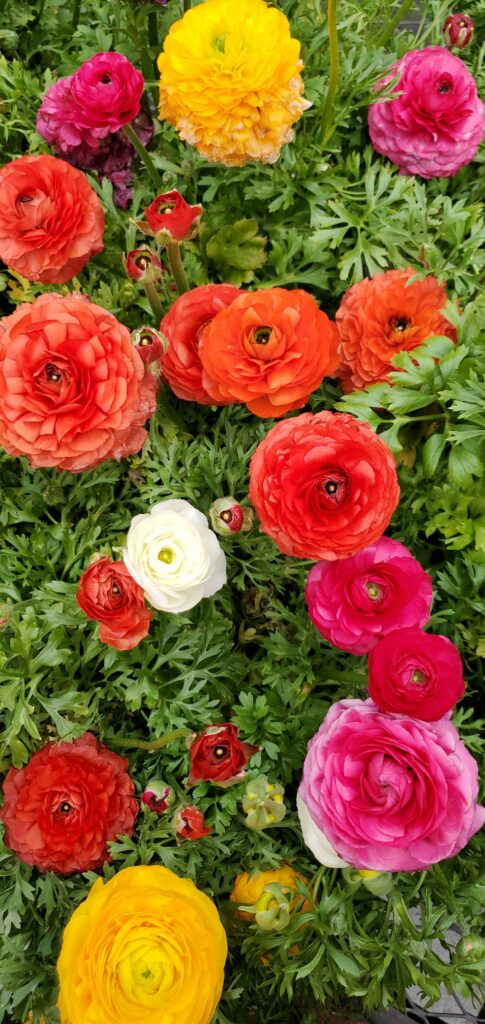
Ranunculus:
Peak season is November to April.
Colors: white, yellow, apricot, peach, orange, pale pink, bright pink, red, burgundy
Meaning:
White: purity, innocence
Yellow: joy, happiness, positive feelings
(In yellow, a ranuncula is also called a “buttercup.”)
Pink: romance, love, gentle emotions
Red: passion, love, romance, intense feelings
Purple: royalty, beauty, mystery
With their soft tissue petals and round shape, this romantic flower grace many a wedding bouquet!
Snapdragons: Peak season is winter to late spring.
Colors: white, yellow, bronze, orange, red, pink, burgundy
Meaning: grace and strength
How did this flower get its name? If you gently squeeze the blossom, it will look like a fierce dragon opening its mouth. The ancient Greeks and Romans thought that snapdragons could protect you from those who evilly wished to harm you. In medieval Europe, these flowers were planted at the gates of castles to protect the castles in times of trouble. For being a small flower, that’s a lot of protection! While he didn’t grow them to protect Monticello, Thomas Jefferson grew snapdragons in his gardens.
Because snapdragons grow on an exceptionally long stem, they can be used in dramatic centerpieces and aisle decorations.
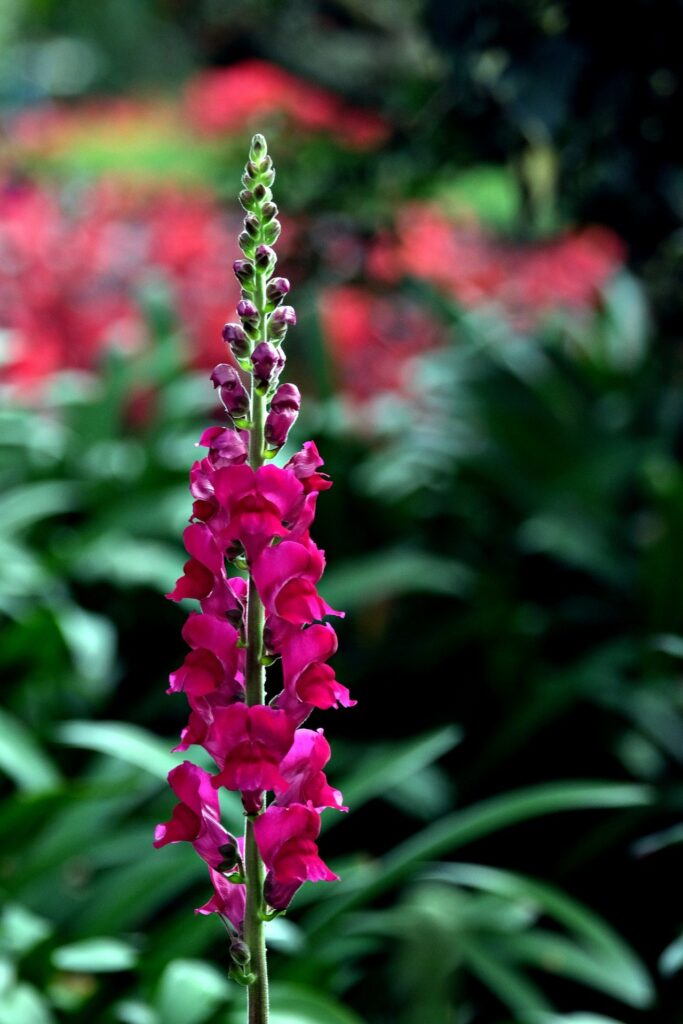
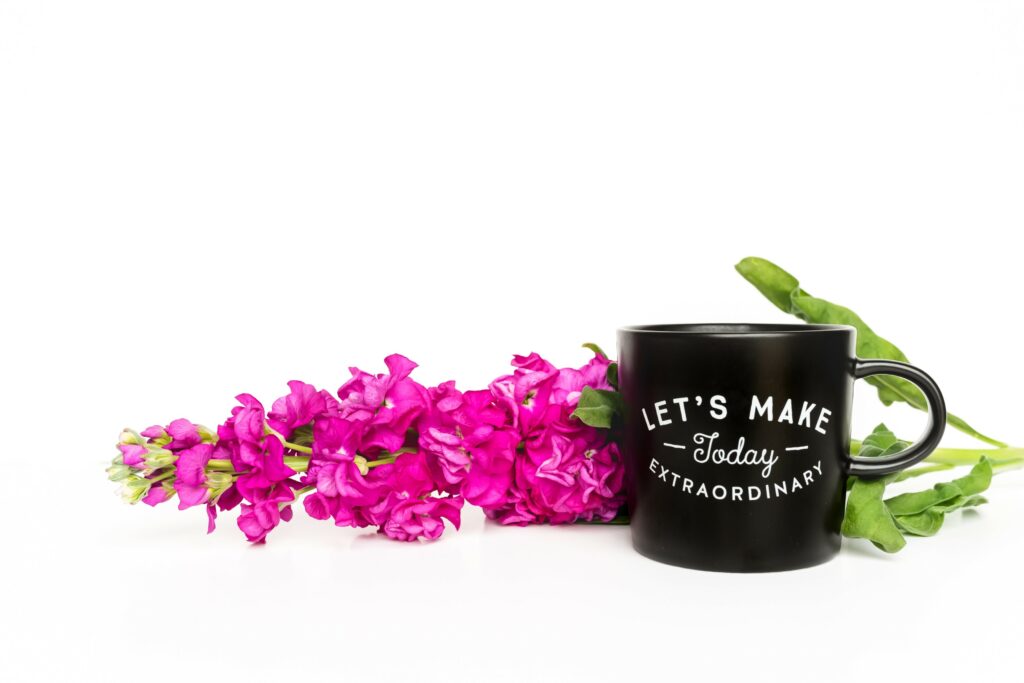
Stock: Peak seasons are spring and summer.
Colors: white, cream, peach, pink, fuchsia, lavender, purple, blue
Meaning: happy life, lasting beauty, and contented existence
Offering a variety of textures and shapes, this strong stemmed flower is easy to work with—especially if you are making the flower arrangements yourself (DIY). Combined with greenery (e.g., ferns or eucalyptus), stocks make gorgeous bouquets!
Sweet Pea: Peak season is November to June.
Colors: white, cream, apricot, peach, pale pink, hot pink, red, lavender, purple
Meaning: everlasting, blissful pleasures
With a gentle scent, the sweet pea grows with four to six lovely, ruffled petals per bloom on long, meandering stems; it has a beautiful randomness.
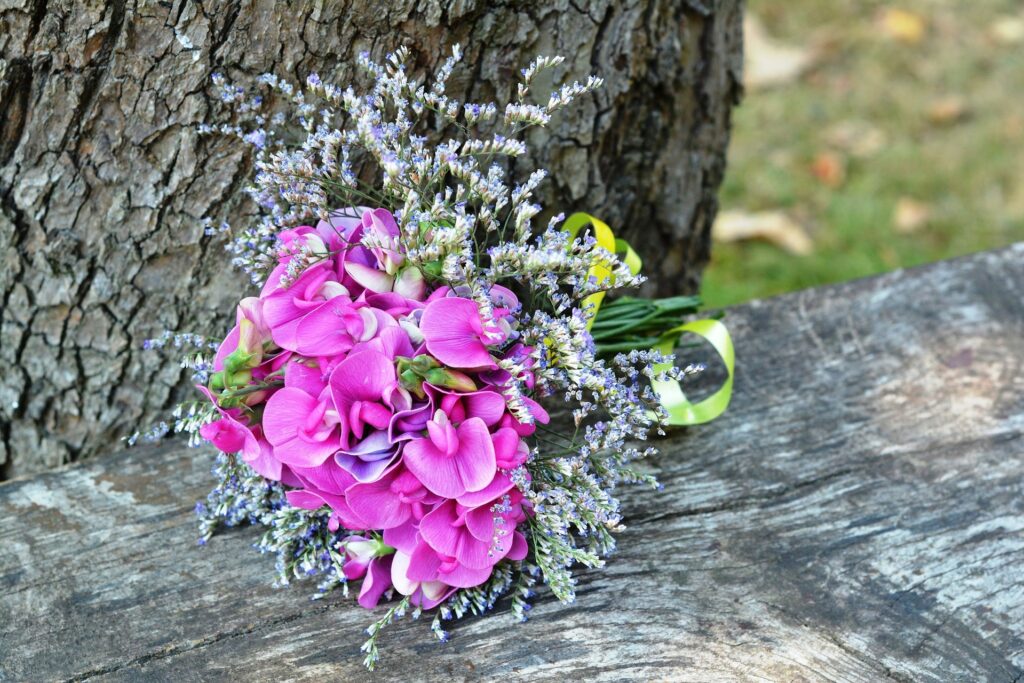
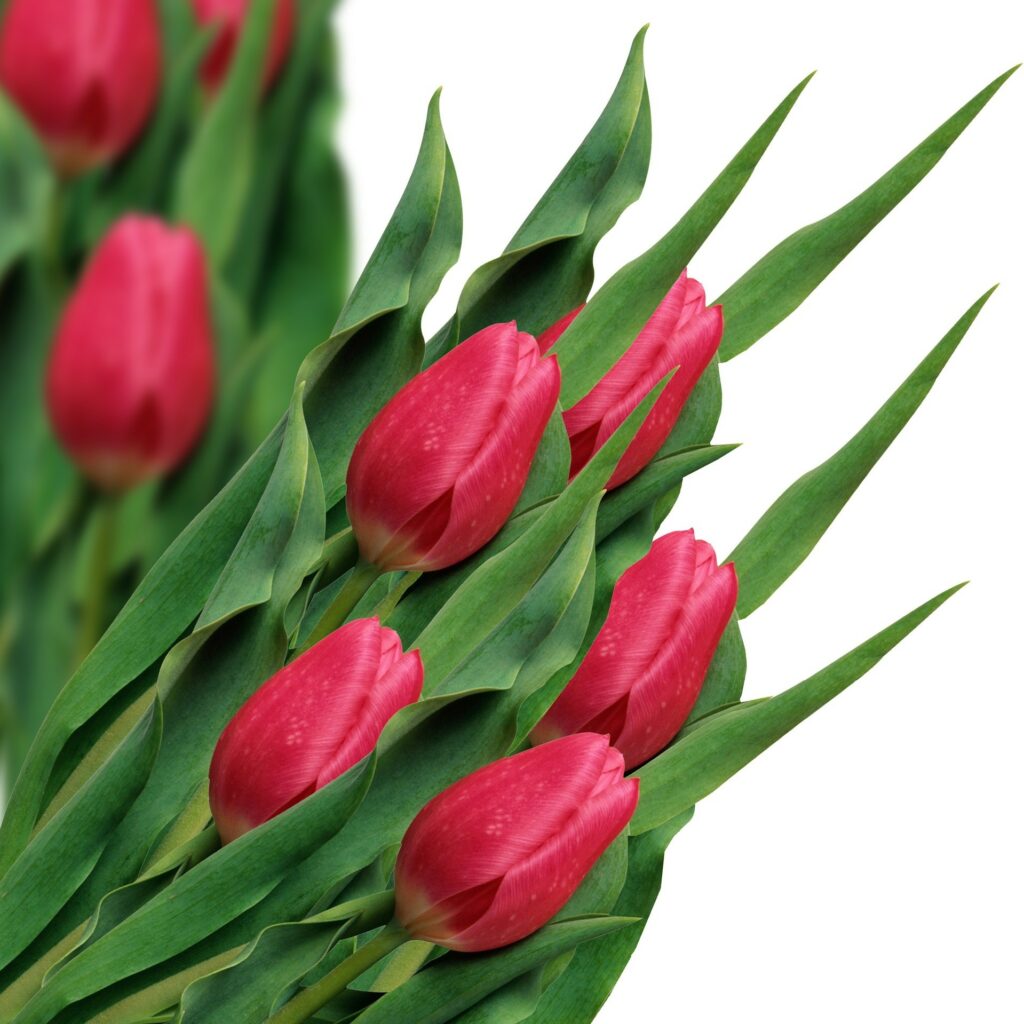
Tulips: Peak season is March to May.
Colors: white, yellow, peach, orange, red, hot pink, light pink, purple with single color, two colors, stripes, blended colors, fringed, double petals, and more
Meaning: deep and perfect love
A wedding bouquet of cascading white tulips and blush peonies with greenery is becoming an enchanting trend for spring.
Another popular combination is pink tulips with ranunculus, white roses, pink roses, freesias, and greenery.
Your friend in the wedding business,
John Shyne
Images courtesy of Pixabay.com and Unsplash.com.
© 2023. Come Rain or Shyne, LLC. All rights reserved.
